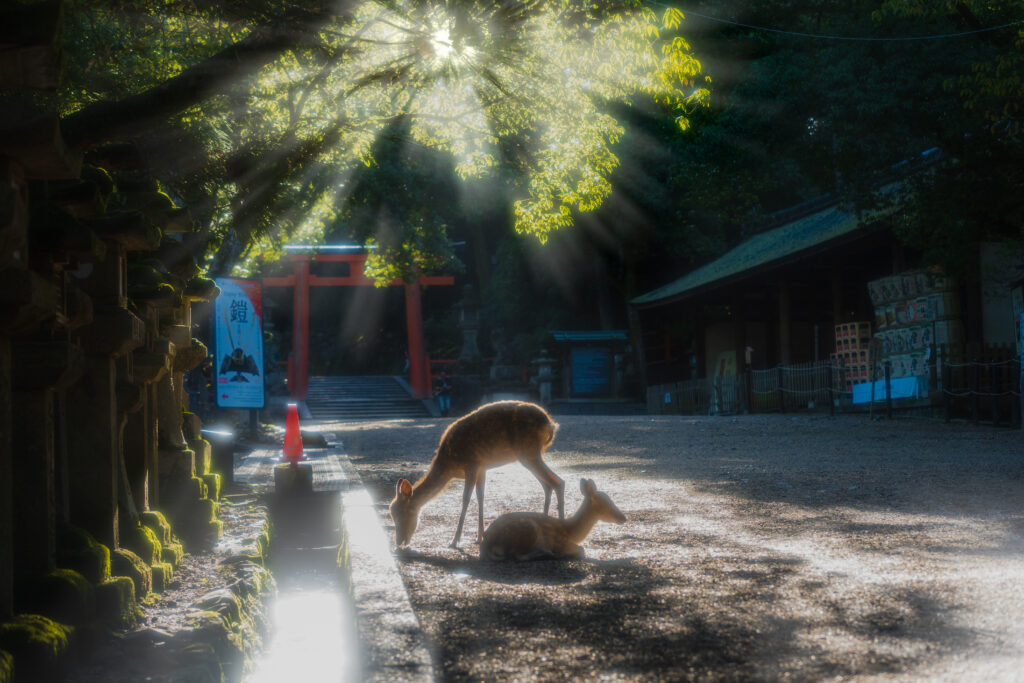
Even though the times change, what is essential remains the same.
Humans are part of nature and live among all living things.
Such values and beliefs were once shared throughout the world.
However, with the development of civilization and technology, human beings somehow became overconfident that they could control everything. Development has led to sacrificing the ecosystem, global environment, traditional activities, living spaces, human conflicts and now we have our convenient life.
However, climate change, COVID-19, and other global issues are now making us think again how humanity can live together with the global environment and nature.
At Regreen, our mission is to build a prosperous, comfortable, sustainable, healthy, and peaceful society for the global environment, nature, and humankind by applying the values, wisdom, and technology commonly cultivated around the world to solve the various global and local-scale problems that modern society faces.
To this end, we research traditional activities, wisdom, technology, and the environment from a scientific perspective in collaboration with researchers in various fields and apply our findings to modern times to propose and design national land planning, urban planning, landscaping, and architecture.
Our approach is expressed in the Japanese phrase, “古今東西温故知新 (Kokon Tozai Onko Chishin)”. It means “Understanding the past and the new in every part of the world and create the better future“.
At Regreen, we are committed to thinking and creating on a global scale.
MASTER PLANNER, CONSULTANT
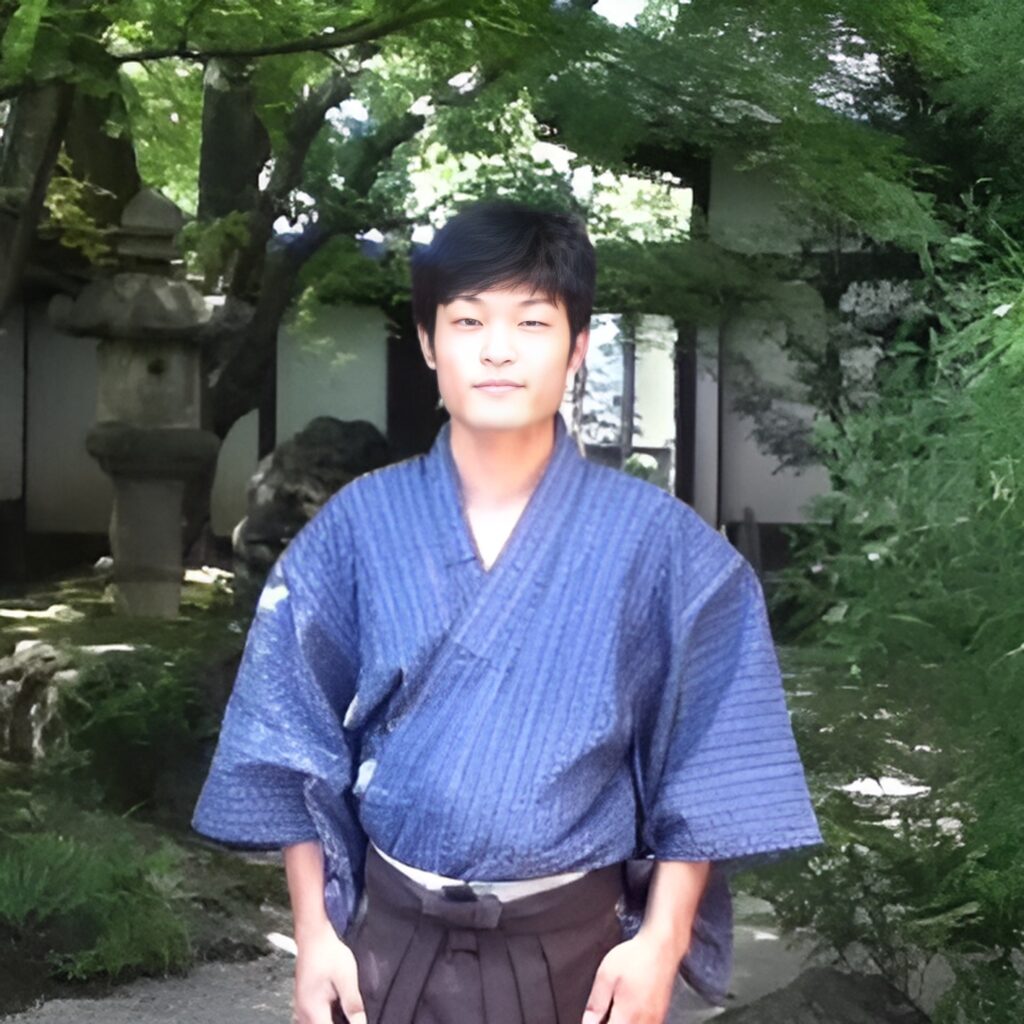
Fumikazu Nishiyama
Main Field
Land Planning
Urban Design
Landscape Design
Architecture
Product Design
Education
Biography
Studied architecture, urban planning, and landscape architecture at Miyagi National College of Technology, Tokyo Metropolitan University, University of Tokyo Graduate School, and Technical University of Munich.
Subsequently, I worked in architectural design (assistant to the president), overseas real estate development and investment (assistant to the president), establishment of an overseas business division for marine sports (assistant to the general manager), and project management of international energy projects.
While working in these fields, I began to explore traditional Japanese culture and history, including shrines and temples, tea ceremony, and Japanese swords, believing that the future lies in tradition. I Became aware of the spirituality and cyclical wisdom of coexisting with nature in these areas, and began research on sustainable local environments, focusing on thatch to apply it to the future.
Biographical Details
Born in Iwaki City, Fukushima Prefecture. My birthplace is registered as a Jomon prehistoric site.
Ancestors include the Jomon, Fujiwara, Hata, and Sakanoue clans. They were assistants to the Emperors, court nobles, warriors, and Shinto priests, and based on their spirituality of living in harmony with nature, they built the nation and capital, created shrines and temples, ran the country, and served as shoguns and retainers.
Since my childhood, I have loved nature, the city, and the region. From an early age, I enjoyed building in the sandbox at home, playing urban planning and landscape architecture.
By the time I was in elementary school, I had drawn more than 50 notebooks connecting large cities like Tokyo to the countryside at a scale of about 1/1000.
In my third year of junior high school, I visited a junior high school in China as a representative of the town. It was my first international exchange, and I was impressed by the fact that heart to heart communication is possible even if nationalities and cultures are different.
Around the age of 13, I decided to pursue architecture and entered a technical college after graduation of junior high school. When I was a senior at a technical college, I visited a university in Germany as a representative of my school.
I was impressed by Germany’s progressive approach to the environment and its relaxed lifestyle. I learned a lot from Germany, which preserves the best of its traditions. Creating beautiful cities, I observed the advanced efforts towards environmental and sustainable energy.
When I was 18 years old, I read Tadao Ando’s “I Dreamed of Architecture” and began to think that architecture could also change society. From an early age, I also thought about war and peace. In the future, I decided to become an architect who can play an active role and create peace in the world.
During my graduate school years, I have been researching the integration of cutting-edge technologies such as water and energy circulation technology and new materials such as membrane materials to create the architecture and cities of the future to change the way architecture and cities are built and to build a sustainable society.
However, after the earthquake and the nuclear power plant accident in my hometown on March 11, 2011, I began to think about how architecture and cities of the future could grow with nature and be more humane, rather than relying solely on technology.
I gradually became more and more interested in Japanese history and traditional culture, and I studied Japanese spirituality and culture, gaining experience in tea ceremony, Japanese swords, martial arts, ceramics, Shintoism, Buddhism, and many other areas. There was a fundamental commonality, as expressed in the phrase “用(utilitas), 強(firmitas), 美(venustas),” in that they all coexisted with nature, had peaceful and healthy cycles for both people and nature, and were functional, long-lasting, and refined in their beauty. I became interested in taking those wisdoms, techniques, and spirituality and applying them to the modern world.
And since 2019 until 2023, I had lived under the thatched roofs in satoyama of Kyoto, and have conducted comprehensive research on thatching and traditional architecture and the natural environment, living creatures, people’s activities, culture, spirituality, the former capital building and nation building, and local environment building.
I would like to apply the knowledge I have gained so far to the creation of a better society today.
Previous work experience (partial)
Previous Work
・Assistant to the representative of an architectural design firm (Responsibilities: architectural design, landscape design, architectural consulting)
・Secretary to the president of a real estate development and real estate investment company (Responsibilities: Urban development in Russia, real estate investment in Hong Kong, Barcelona, London, Ukraine, and Russia, asset management including currency exchange, futures, and stocks)
・Assistant to the manager of the overseas business department of a resort sports brand (Responsibilities: Expansion of sales channels in China, South Korea, and Southeast Asian countries, transactions with manufacturing companies, and participation in marine sports exhibitions)
・Consulting on the use of Miyama Kayabuki-no-Sato, a National Heritage District for groups of traditional thatched houses, and 3.5 ha of privately owned land
・Design of a new welfare facility for the disabled and consulting on its operation.
Training Experience
・Tadao Ando Architect & Associates
・Fumihiko Maki and Associates
・Nikken Sekkei Ltd.
・Atelier Hitoshi Abe
Other Activities
・Guided tours for foreign tourists (Tokyo, Kyoto, Keihoku, Miyama, and Nara)
・Consulting on local issues and planning proposals
・”En-Cha” tea ceremony group
・Retreat tours (Lake Yamanaka, Kyoto, Keihoku, and Miyama)
・Activities to introduce traditional Japanese culture at international conferences
・Various volunteer activities (blood donation, free guides in Kyoto and Nara for foreign tourists, support for reconstruction from the rainstorm disaster, and information sharing meetings on regional issues)
・”Mori-Sato-Umi Wo Musubu Forum“ exective committee member, for restoring the linkage between the forest and the sea, Nagasaki, Japan, Oct 2021. Speakers were invited from various well-known people including the Vice-Minister of the Ministry of the Environment, a member of Rome club, Mr. Hatakeyama who is fisher man and planting trees in the mountain, various fields professors, activists and industries.
・Helping activities for preserving natural environment, beautiful landscape and biodiversity against national giant civil engineering project in Keihoku, Kyoto, 2020-2022
・Participation in the Ministry of the Environment’s Mori-Sato-River-Ocean Ambassador Meeting, 2021
MEDIA
NHK WORLD CORE KYOTO
Worldwide Broadcasted on 4th February 2021
Broadcasted in Japan on 1st July 2021

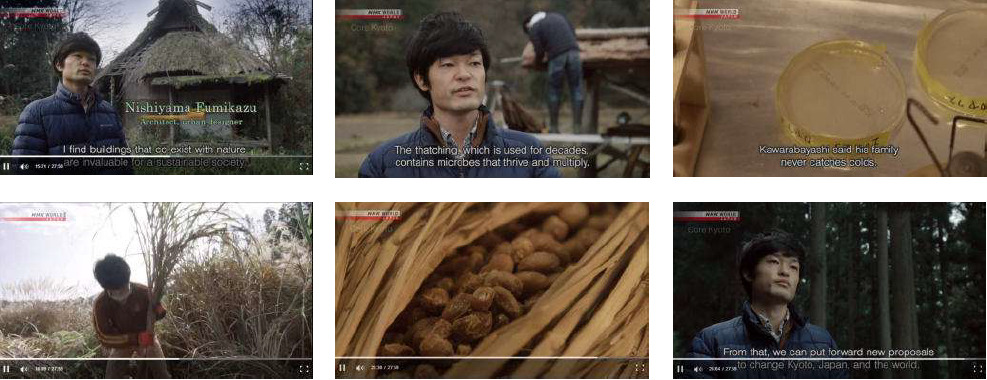
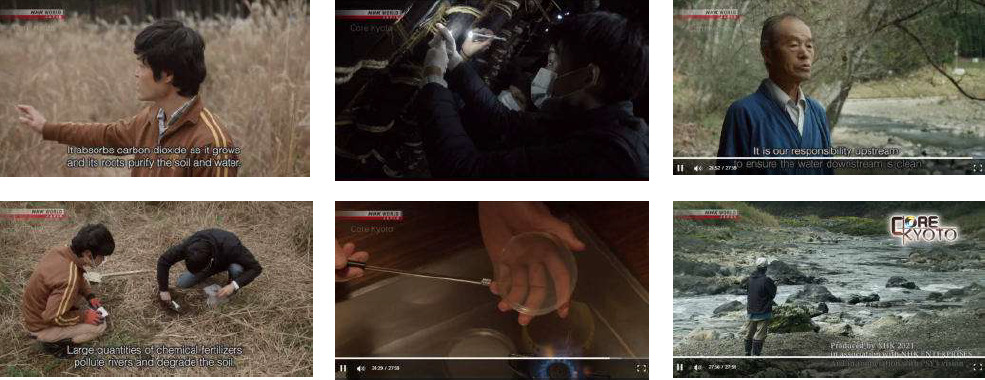
BBC Radio4 Costing the Earth
Worldwide Broadcast on 28th March 2023


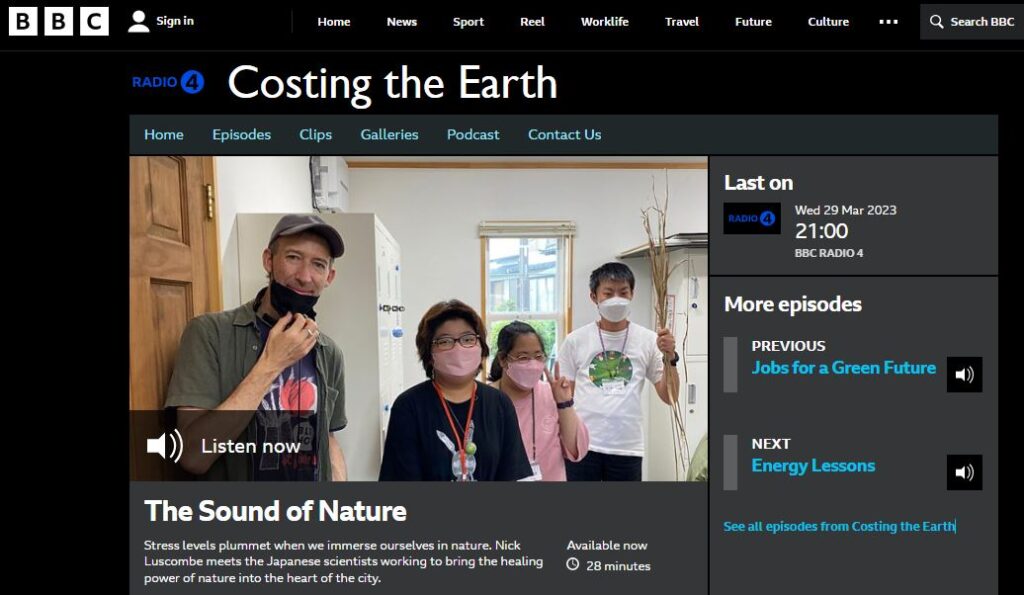
協働者
| 建築 | WAKUWORKS一級建築士事務所 |
|---|---|
| ランドスケープ | シンガポール国立大学 IFLA JLAU |
| 宇宙 都市計画 |
JAXA |
| 日本伝統文化 茅葺き・古民家 |
日本茅葺き文化協会 富士勇和産業(日本一の茅生産者) |
| 研究 |
東京大学大学院工学系研究科建築学専攻 |
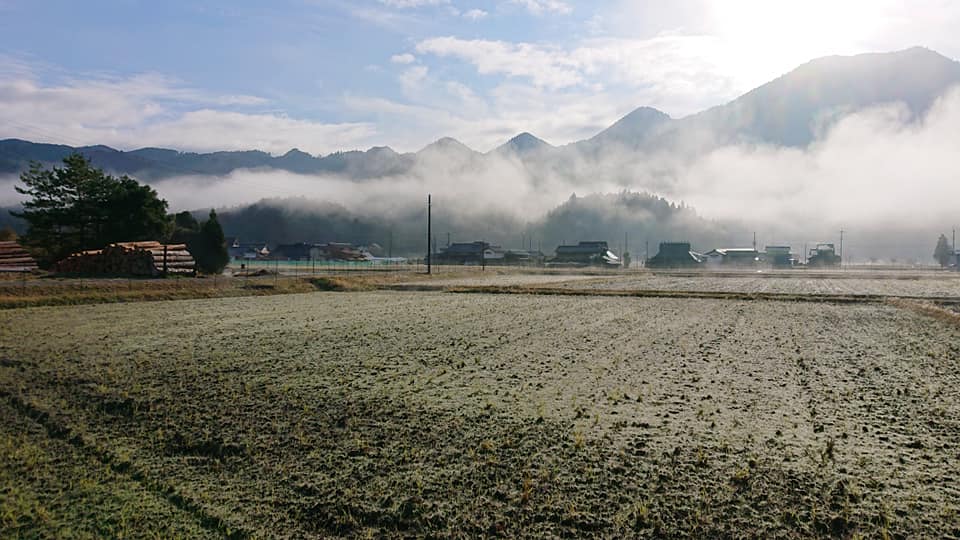
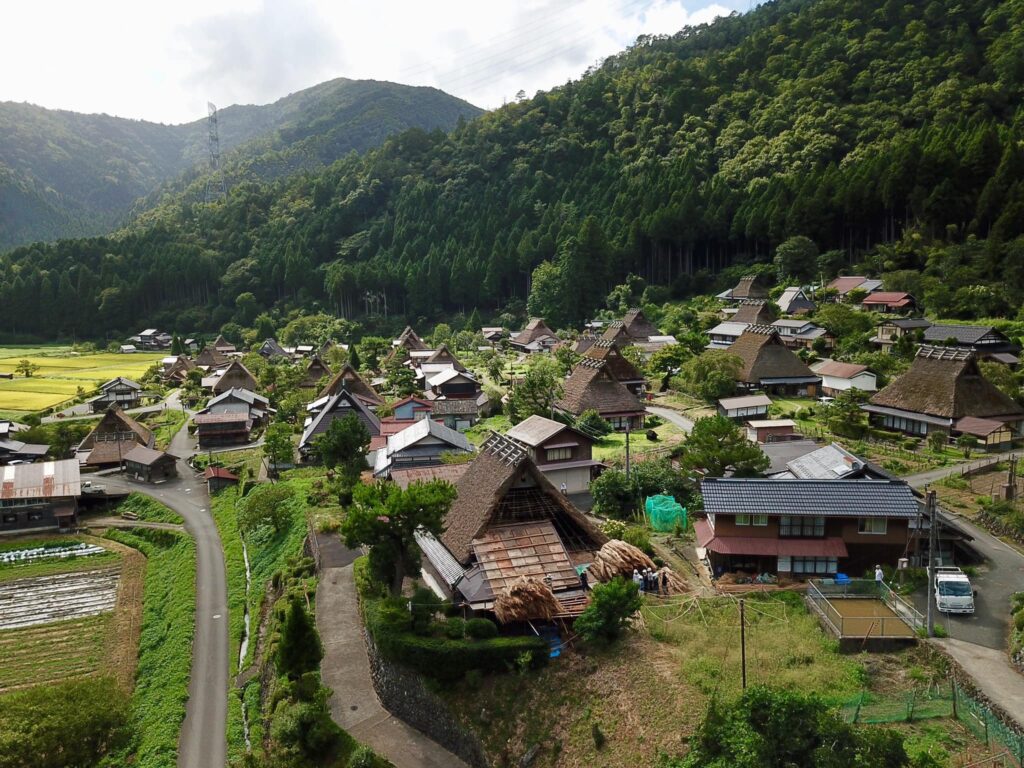
About Keihoku, which has been the base of our research and activities
Regreen has been based in Keihoku, a satoyama in Kyoto, Japan, for about 4 years starting in 2019, and has so far conducted research, educational programs, and community development on sustainable local landscape based on thatching.
This Keihoku area, especially Yamaguni area, had contributed greatly not only to Heian-kyo (later Kyoto), but also to the development of Japan as a nation.
Here, we have studied how our ancestors created the nucleus and capital of Japan, which has lasted longer than any other in the world.
Let us briefly explain about this Keihoku.
Keihoku is located at the top of present-day Ukyo-ku, Kyoto City, and is the upstream area of the Katsura River flowing into Arashiyama, about an hour’s drive from the center of Kyoto City.
It was once a stopover point on the trade route (later called Saba Kaido) connecting the capital (Asuka, Nara, and Kyoto) to the Sea of Japan, and it is known that people have lived there since the Jomon period, and since the 6th century, it was inhabited by a powerful family with close ties to the Yamato regime and Imperial Court.
Today, the area is home to beautiful satoyama scenery and people who continue to live the traditional lifestyle as part of their daily lives. There are many places famous for their cherry blossoms, especially the cherry blossoms at Joshokoji Temple. In autumn, beautiful autumn leaves can be seen. It is also known as the birthplace of natto (fermented soybeans), and there is a local dish called natto mochi (fermented soybean paste cake), which is customarily eaten instead of “ozoni” (rice stew) at New Year’s.
In the past, lumber was procured for the construction of the Nagaoka-kyo and Heian-kyo Capital, and was carried by raft down the Katsura River to the capital’s buildings, the Emperor’s Palace, the throne, and the “Daijougu” (the building for the most important ceremony in Japan called “Daijousai” by the new Emperor). As a result, the area also developed as the birthplace of forestry and became famous in later times as the production center of Kitayama cedar.
As an Imperial estate under the direct control of the Emperor, food, fuel, ayu (sweetfish), and other items necessary for the Emperor’s daily life were also donated to the area. There are also Hachimangu Shrine (in the Yuge area) and Yuge Temple (today’s Fukutokuji Temple), which were built by the Emperor in the 8th century, and in the 14th century, during the period of the Northern and Southern Dynasties, Emperor Kogon opened Josho-ko-ji Temple. Emperor Kogon wanted to end quickly the conflicts between the Northern and Southern Dynasties, and hoped to create a peaceful country again.
He followed the traditions, and tried to preserve the Japanese appearance.
Yamaguni Shrine was also founded in the late 8th century, and its chief priest was Prince Wake-no-Kiyomaro, who was chiefly responsible for the construction of Heian-kyo. He was a priest, but also an urban planner and its project manager. He was also a loyalist who protected the Emperor’s lineage that continues to the present day.
The area is like a backwater of Kyoto with such history, but since there is no railroad running through it, it still offers visitors a relaxing satoyama landscape, the mountains, forests, old houses, and fields that make up the area.
Shinto, a core belief of gratitude and reverence for nature and ancestors that has been nurtured in Japan for tens of thousands of years, was combined with primitive Christianity, Judaism, Taoism, Buddhism, and other religions introduced from the continent, and the construction of the Heian-kyo capital was based on this philosophy, along with the wish for a peaceful world, and the capital was built over a period of more than 1,000 years.
Our goal at Regreen is to value such fundamental philosophy and create a world with peaceful and healthy cycles for both the natural and human worlds.
We will continue to provide design and consulting services for national land planning, urban planning, landscape architecture, and architecture as necessary social infrastructure to achieve this goal.
We will also continue to develop and create models and educational programs in Keihoku, Miyama, and Kyoto City that apply the knowledge accumulated through our research.
From 2024, Regreen’s new base of operations will be in Nara.
Nara is a beautiful ancient city, Heijo-kyo, with a harmony of nature, life, history, culture, faith, and landscape, and it is also one of Regreen’s ideal cities.
It is also the base of the ancestors of the representative who created the nucleus of Japan, including the relocation of the capital to Nara. We will work on a global scale just as Nara was once an international city that attracted people from all over the world.
